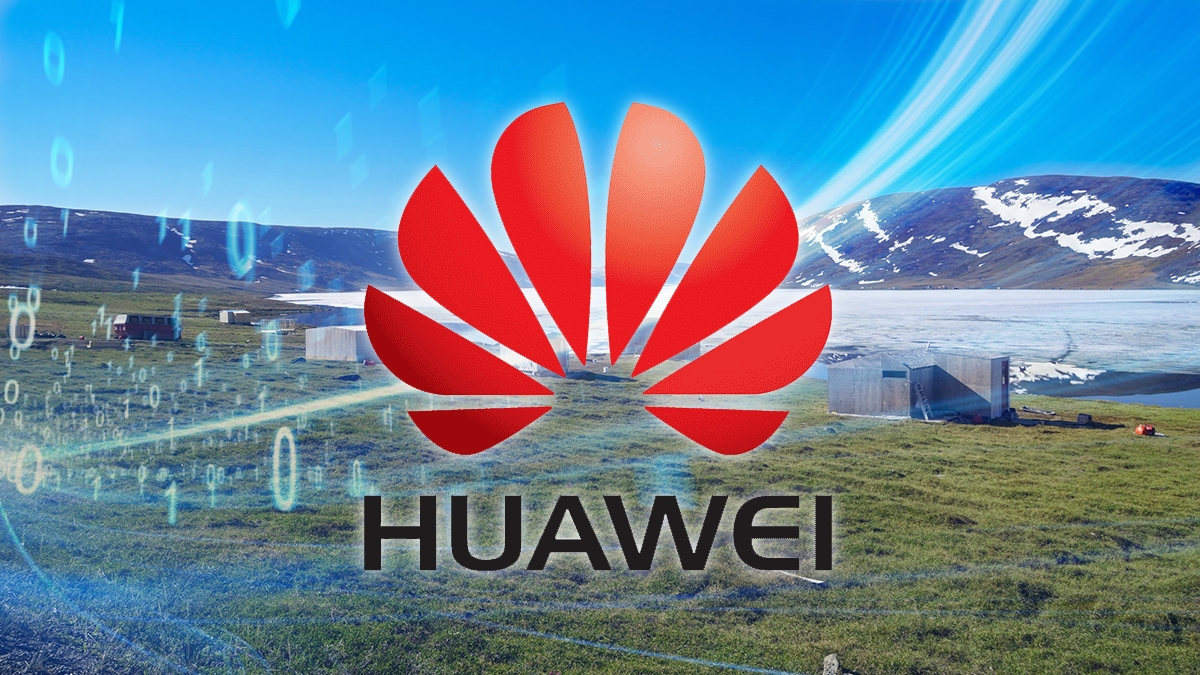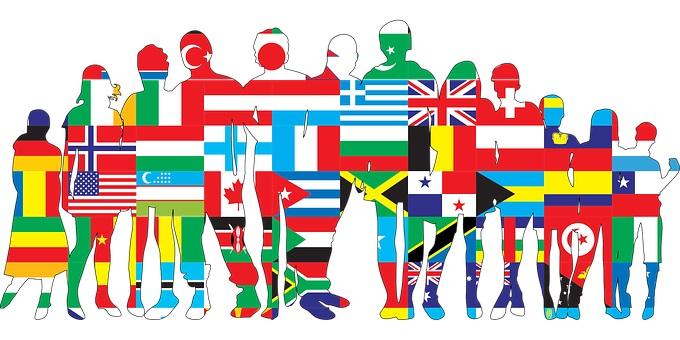
Huawei Canada operates at a higher wavelength, calls on competitors to do the same
Canada’s dismal state of rural broadband service means life beyond a 75 km radius of any major city is excluded from the digital economy and its services. This is an embarrassing state of affairs for a G7 country, in North America no less, and the one in which Alexander Graham Bell made the world’s first long-distance phone call in 1876, 13 kilometres between Brantford and Paris, Ontario.
Zoom forward to 2020, settle down for a nice life in Caledon, a town in Peel Region northwest of the GTA, and you’d discover that Internet service trickles down to a choice between either a pitiful dial-up option by one of the big companies, or a very pricey $180+ per month from a smaller provider. Either way, Internet access does not feel like the essential service declared by the CRTC in 2017.
Data shows that broadband service, defined as download speeds of at least 50 megabits per second (Mbps) and upload speeds of 10 Mbps, is currently available to 85 per cent of Canadians generally, but only 40.8 per cent of rural and remote communities. Past inquiries about the sorry state of rural options heard big Telco’s pointing to the high cost of upgrading switches along country roads for the sake of a handful of potential customers. In fairness, Canada is a very urbanized nation with a population that gets very sparse, very quickly once outside of larger cities.
Rural broadband has been just plain bad economics, but so was building the CPR. The vision could be identical. Invest in an infrastructure project to deliver goods, services, and a modern economy where one has yet to exist, and the investment eventually yields returns with the added benefit of fairness and nation building. Like the CPR, broadband Internet service for all Canadians requires a public/private partnership. The Liberal Government made such a commitment in the 2019 budget and, following COVID delays, reiterated the policy in September's throne speech.
PM Justin Trudeau and cabinet ministers held a news conference in Ottawa on November 9, 2020 to launch the $1.75 billion Universal Broadband Fund. Most of the money is now available through a CRTC application process. The dollars come directly from contributions made by larger Canadian telecommunications service providers whose total annual Canadian revenues amount top $10 billion. The goal is to connect 98 per cent of Canadians to broadband by 2026, up from the previous target of 95 per cent, and to connect the remainder by 2030.
Huawei Canada’s corporate strategy recognizes that the positive social and national outcomes enabled by new infrastructure may not translate into profits in the short term. As was the vision of the CPR, Huawei is betting on the benefits in the long game. It has recommended that Canada “explore ways to accelerate the pace at which remote and rural communities are connected”. Doing so will enhance the country’s competitive performance and its social cohesion and will keep costs low and competition high.
Huawei VP Steve Liu is proud of Huawei’s commitment to the advancement of Canadian digital potential, and its contribution to national prosperity. “We support more than 5,000 jobs along our supply chain and contribute CAN $700 million to Canada’s GDP,” Liu noted during a recent speech at the International Economic Forum of the Americas (IEFA)’s Toronto Global Forum. “In the past 12 years, we have had zero cyber security issues and we collaborate with Canada Communications Security Department for eight years and have shown year-over-year improvements in the adoption of cyber security best practices. We also continue to work in collaboration with multiple partners to deliver secure and resilient Canadian telecommunication systems.”
Liu also called for objective and equal standards for all industry players, a system where all vendors would be subjected to the same stringent standards, rather than singling out individual companies based on their country of origin.
Liu emphasized Huawei’s ongoing initiatives to deliver reliable broadband Internet to under-serviced regions, particularly in the Arctic. Liu also reiterated the company’s commitment to rural broadband “even in areas where it is not economical to do so.”
Huawei has already pledged to work with Canadian telecoms to connect 70 more rural and remote communities by 2025. This will include 20 communities in the Arctic and 50 communities in Northeastern Quebec, with more installations planned for unconnected areas of Newfoundland and Labrador. This means vastly improved e-health delivery, the creation of virtual classrooms (a long-standing priority for the North), and yet-to-be invented economic ventures.
Further south, the excitement in the potential benefits is also building. "With COVID-19 pushing many services to only be available online, rural broadband is a problem that can no longer be ignored. Not only is this technology crucial for modern business, it is essential to attracting the next generation of farmers who see high-speed connectivity as an essential service for everyday life," said Mary Robinson, President of the Canadian Federation of Agriculture. "The more quickly this coverage is implemented, the faster Canadian farmers can adopt new technologies that can help unleash the real potential of Canadian agriculture.”
Huawei and Bell have already partnered on some remarkable agricultural applications. Back in 2017, the two companies teamed up on a pilot project and developed an automated Internet of Things (IoT) solution to improve the health and productivity of the Henry of Pelham vineyard. This is visionary stuff, and only the beginning of what is possible once reliable broadband finally reaches entirely into Canada’s vast landscape.












